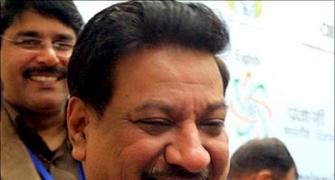Future computers may rely on magnetic microprocessors that consume the least energy allowed by the laws of physics, according to an analysis by electrical engineers at the University of California, Berkeley. Today's silicon-based microprocessor chips rely on electric currents, or moving electrons, that generate a lot of waste heat. But microprocessors employing nanometer-sized bar magnets, like tiny refrigerator magnets, for memory, logic and switching operations would theoretically require no moving electrons.
Today's silicon-based microprocessor chips rely on electric currents, or moving electrons, that generate a lot of waste heat. But microprocessors employing nanometer-sized bar magnets, like tiny refrigerator magnets, for memory, logic and switching operations would theoretically require no moving electrons.
Such chips would dissipate only 18 millielectron volts of energy per operation at room temperature - the minimum allowed by the second law of thermodynamics, called the Landauer limit.
That's one million times less energy per operation than that consumed by today's computers.
"Today, computers run on electricity. By moving electrons around a circuit, you can process
"If you make these magnets really small, you can basically pack them very close together, so they interact with one another. This is how we are able to do computations, have memory and conduct all the functions of a computer," he said in a statement.
The nanomagnets that Bokor and Lambson use to build magnetic memory and logic devices are about 100 nanometers wide and about 200 nanometers long.
Since they have the same north-south polarity as a bar magnet, the up-or-down orientation of the pole can be used to represent the 0 and 1 of binary computer memory.
When multiple nanomagnets are brought together, their north and south poles interact through dipole-dipole forces to exhibit transistor behavior, allowing simple logic operations.
The magnets themselves are the built-in memory. However, the real challenge is making the wires and transistors work.










